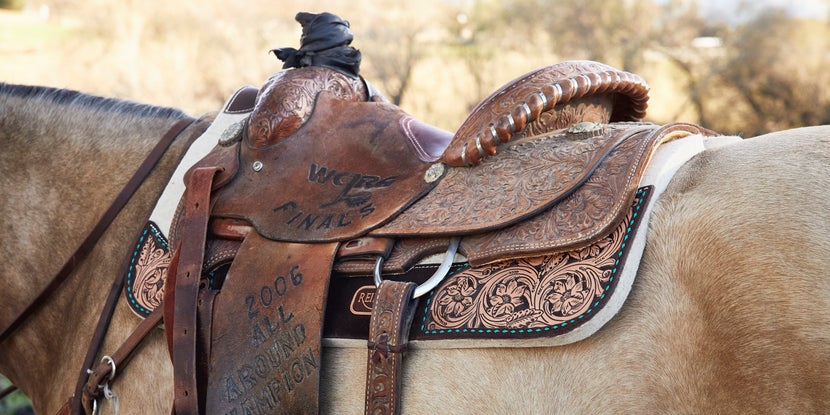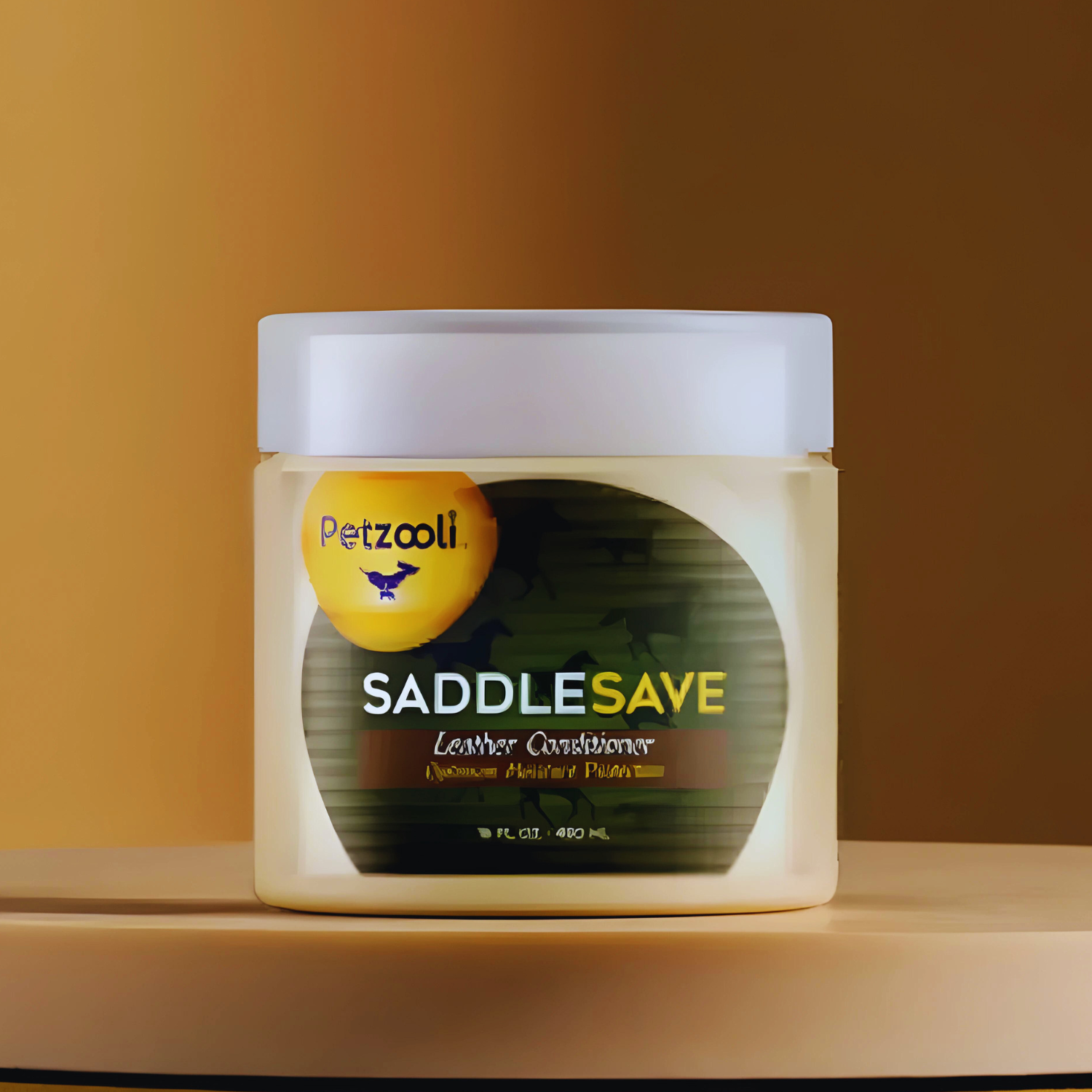Leading a horse is a fundamental skill that every equestrian enthusiast needs to master. But what tack do I need to lead a horse? This approved, tremendous guide will walk you through everything you need to know, from the basics to the more advanced equipment, ensuring you’re fully prepared.

The Importance of Proper Tack
Before diving into the specific tack, it is crucial to understand why using the proper tack is essential. Poorly chosen or ill-fitting tack can lead to discomfort for the horse and potentially unsafe conditions for the handler. Here, we will look into each component of the tack needed to lead a horse efficiently.

Understanding Basic Tack Components
For those new to equestrian activities, understanding the basics is the first step. Let’s start with the essential pieces of tack:
1. Horse Halter
A halter is the most fundamental piece of tack you’ll need. It fits around the horse’s head and allows you to control them while leading or tying them up. Halters come in various materials, including leather, nylon, and rope.
2. Lead Rope
The lead rope, also known as a lead line, attaches to the halter and is used to lead the horse. Ensure the lead rope is strong and long enough to maintain a safe distance between you and the horse.

Advanced Tack for Better Control
Once you’re comfortable with the basics, you may want to explore advanced tack for better control and versatility.
3. Bridle
A bridle provides greater control over the horse’s head and is often used along with a bit. Bridles are essential for more advanced horse training activities.
4. Lunge Line
A lunge line is a long rope used to exercise the horse in a controlled manner. It’s particularly useful for training young horses or those needing rehabilitation.
Picking the Right Materials
The material of your tack can significantly affect its functionality and durability. Here are some common materials you’ll come across:
5. Leather
Leather is traditional and offers durability and a classic look. However, it requires regular maintenance.
6. Nylon
Nylon is durable, easy to clean, and often more affordable than leather. It’s a popular choice for everyday use.
7. Rope
Rope halters and lead ropes are lightweight and highly functional. They are often used in natural horsemanship techniques.
Ensuring a Proper Fit
Proper fit is crucial for both your safety and the horse’s comfort. Ill-fitting tack can cause sores, discomfort, and even behavioral issues.
8. Measuring for Halters
It’s essential to measure your horse accurately to ensure the halter fits correctly. A too-tight halter can cause rubbing and sores, while a too-loose halter can slip off.
9. Adjusting Bridles
Bridles need to fit snugly but comfortably around the horse’s head. Pay close attention to the size of the bit and how it fits in the horse’s mouth.
Ensure you also read our detailed guide on selecting and adjusting bridles to ensure you get the perfect fit for your horse.
Grooming Before Leading
Grooming your horse before leading them is essential. It ensures the horse is comfortable and prevents any potential discomfort from tangled hair or dirt.
10. Grooming Tools
Invest in quality grooming tools like brushes, combs, and hoof picks to keep your horse clean and comfortable.
11. Regular Grooming
Make grooming a regular part of your routine to keep your horse looking and feeling their best.
Handling and Leading Techniques
Proper handling techniques are just as important as the tack you use.
12. Leading Your Horse
When leading your horse, stand on the left side, hold the lead rope in your right hand, and use your left hand to guide the horse.
13. Using Voice Commands
Incorporating voice commands can help improve communication between you and your horse, making the leading process smoother.
Safety Tips
Safety should always be your top priority when working with horses.
14. Stay Alert
Always stay alert when leading a horse. Horses can be unpredictable, so being aware of their behavior is crucial.
15. Avoid Tight Spaces
Avoid leading your horse through tight spaces where they might get frightened or feel trapped.
Storing Your Tack
Proper storage of your tack ensures its longevity and functionality.
16. Cleaning Your Tack
Regularly clean your tack to keep it in good condition. Use appropriate cleaning products for the material.
17. Tack Room Organization
Organize your tack room to keep everything easily accessible and in good condition.
Expert Advice
For those seeking more advanced knowledge, consulting with an experienced equestrian or trainer can provide valuable insights and tips.
18. Training Programs
Consider enrolling in training programs or workshops to deepen your understanding of horse handling and tack usage.
Conclusion
Leading a horse requires not only the right tack but also the proper knowledge and techniques. Remember, the safety and comfort of both you and your horse are paramount. Equip yourself with quality tack, ensure a proper fit, and stay informed about the best practices for leading your horse.
For more advanced tips and detailed explanations, check out All About Tack and Types and Uses of Horse Tack.
FAQs
What is the most important tack for leading a horse?
The most important tack for leading a horse is the halter and lead rope. These are essential for controlling and guiding your horse safely.
How do I ensure my horse’s tack fits properly?
To ensure your horse’s tack fits properly, measure your horse accurately and adjust the tack accordingly. Consult sizing guides and seek advice from experienced equestrians if needed.
Can I lead a horse without a halter?
While it is possible to lead a horse without a halter, it is not recommended for safety reasons. A halter provides better control and reduces the risk of accidents.
Related Links:
As an Amazon Associate, I earn from qualifying purchases.
